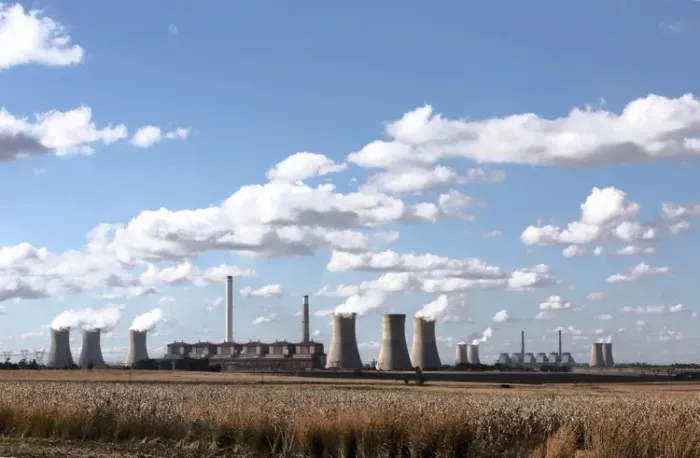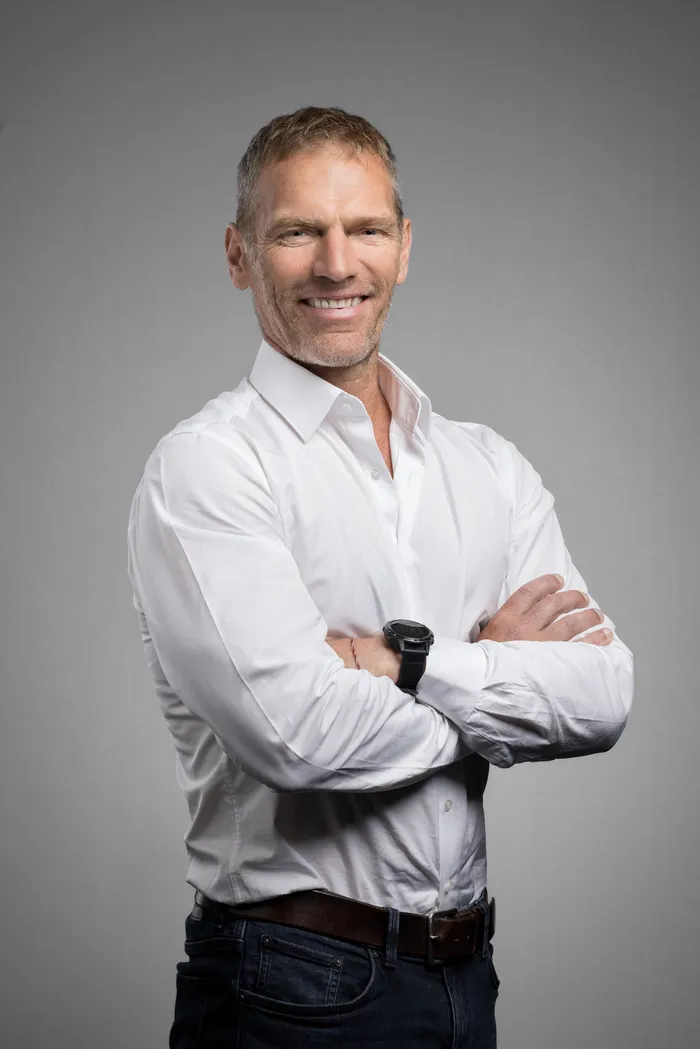SDG 17, South Africa-style: We need practical collaborations that mobilise capital, technology

Steam rises from the cooling towers of the Matla power station, a coal-fired power plant operated by Eskom in Mpumalanga.
Image: Siphiwe Sibeko/ Independent Newspapers
The African Development Bank’s (AfDB) recent approval of an R8.4 billion loan to bolster South Africa’s energy security, reform logistics, and support climate-resilient infrastructure, follows closely on the heels of the R94 billion Global Gateway agreement struck with the European Union (EU) in March.
These commitments are not merely big numbers. They’re signals of confidence in South Africa’s potential to lead in two of the most strategically critical arenas of the decade: the energy transition and vaccine manufacturing.
But funding alone does not guarantee outcomes. Capital may make headlines and kickstart projects, but it doesn’t bring them to fruition. The question is: Who will turn the vision into reality?
The execution gap
South Africa has seen what happens when capability doesn’t match ambition.
The Medupi Power Station, for example, which was once positioned as the cornerstone of energy independence, began life in 2007 with a R56 billion budget. It ended up costing more than R257 billion. Years of delays, flawed designs and weak oversight transformed what should have been a stabilising project into a cautionary tale.
Medupi was not an isolated incident. Kusile, its twin project, has faced similar cost overruns and technical challenges, leaving the country with two massive plants that were meant to be solutions but instead became symbols of systemic delivery failure.
We cannot afford a repeat. Not when climate deadlines are non-negotiable, the national grid remains fragile, and our industrial competitiveness depends on reliable, low-carbon energy.
The lesson is clear: we need new delivery models.
This is precisely what UN SDG 17: Partnership for the Goals calls for: Practical collaborations that mobilise capital, technology, expertise and proven know-how to deliver sustainable outcomes.
In South Africa, these partnerships can, and must, take the form of innovative, market-driven models that de-risk delivery for businesses while accelerating sustainability transitions.
Partnership for the goals, SA-style
Companies that operate on the ground, invest their own capital, and deliver projects to deadline, already know that South Africa does not suffer from a lack of solutions. The technology exists. The expertise exists. The financial models exist.
Renewable energy systems, energy-efficient industrial plants and embedded generation solutions are proven and readily deployable. South African engineers, technicians and project managers have demonstrated the ability to deliver at scale, not only domestically but across the continent.
What’s missing is a mechanism that brings all of this together in a reliable, replicable way. And such alignment around execution requires delivery models designed to close the gap between capital and capability. This is where innovative delivery models like Utilities-as-a-Service (UaaS) and Energy-as-a-Service (EaaS) become critical.
Unlike traditional models, UaaS and EaaS replace the need for businesses to commit scarce capital. Instead, the service provider funds, builds and operates the system, while the client pays only for the guaranteed performance. Power, heating, cooling, water and even compressed air, literally the backbone of the industrial value chain, all delivered under a model that requires no Capex and where efficiency is a cornerstone of the contract.
This “pay-for-outcome” approach does more than shift risk into reliability. It accelerates uptake and allows industrial and commercial players to access world-class infrastructure without lengthy delays, procurement battles or capital constraints. It transforms the question from “who pays?” to “who can deliver consistently?”
That’s partnership for the goals, South African-style.
Turning capital into capability
The AfDB and EU R100 billion investment is undoubtedly good news. But the number is not what matters. It’s what happens next.
South Africa needs better outcomes. That means fewer memorandums of understanding and more operational systems that actually work. The shift that’s needed is clear: We must move to partnership models that deliver results because they’re built on execution, not on promises.
This is not theory. UaaS and EaaS are already proving their value in multiple sectors, from pharmaceuticals to food manufacturing, reducing downtime, stabilising energy costs and cutting emissions. They represent exactly the kind of practical, outcome-driven capability that converts investment into execution. The very essence of SDG 17, South Africa-style.
In the end, it isn’t the size of the loan agreements that determines South Africa’s future. It’s the strength of the partnerships we choose and whether they are designed to deliver measurable, sustainable outcomes.

Manie de Waal is the CEO of Energy Partners.
Image: Supplied
Manie de Waal, CEO of Energy Partners.
*** The views expressed here do not necessarily represent those of Independent Media or IOL.
BUSINESS REPORT